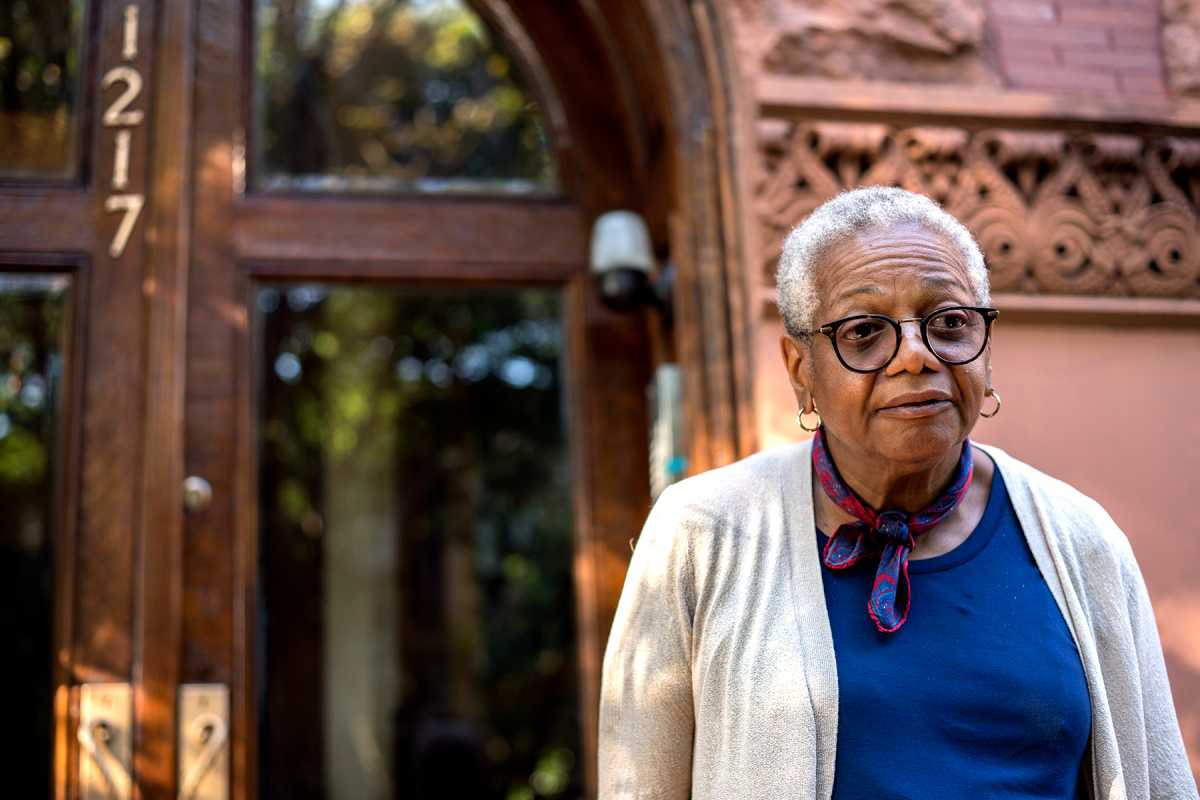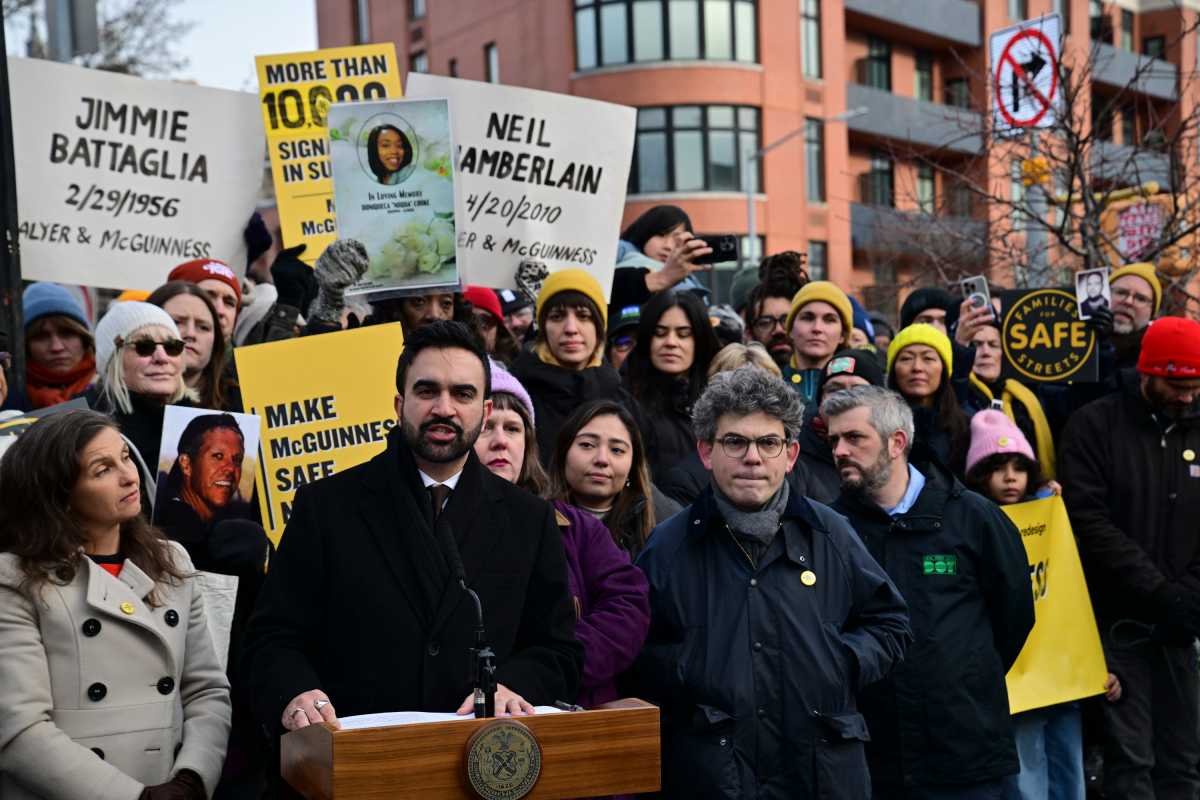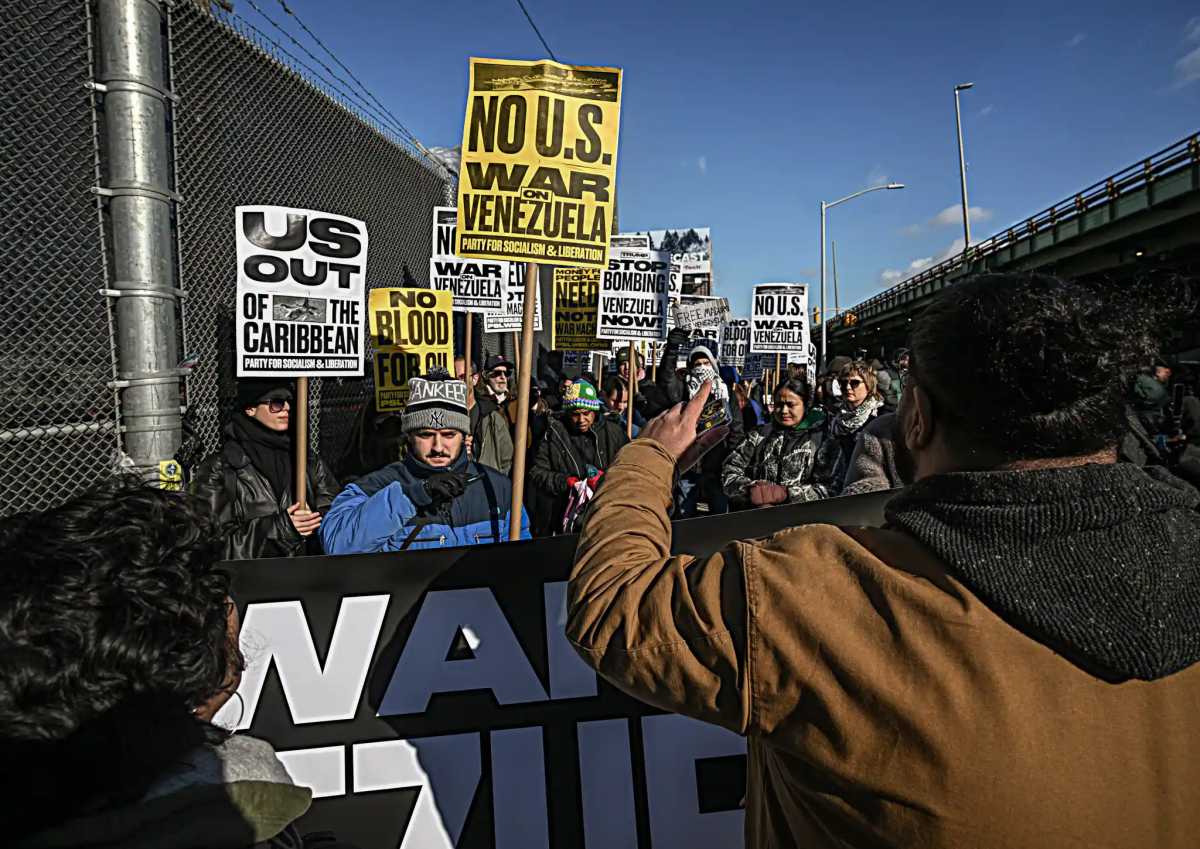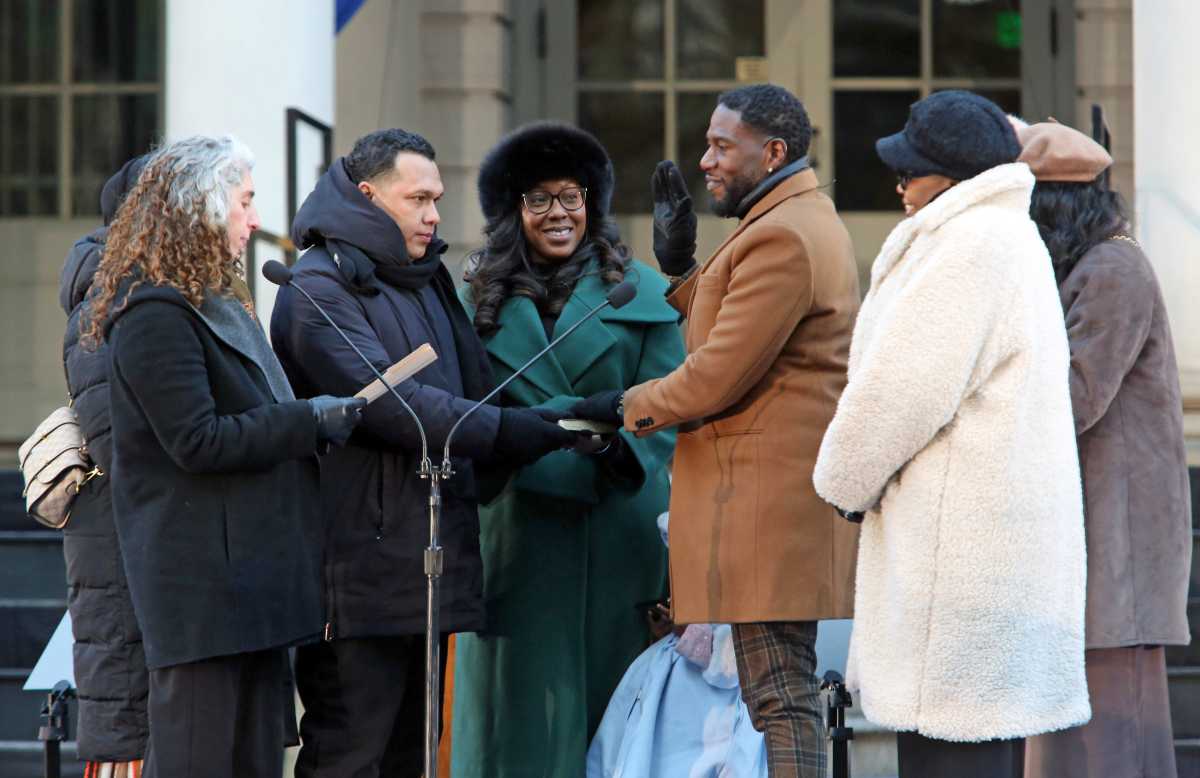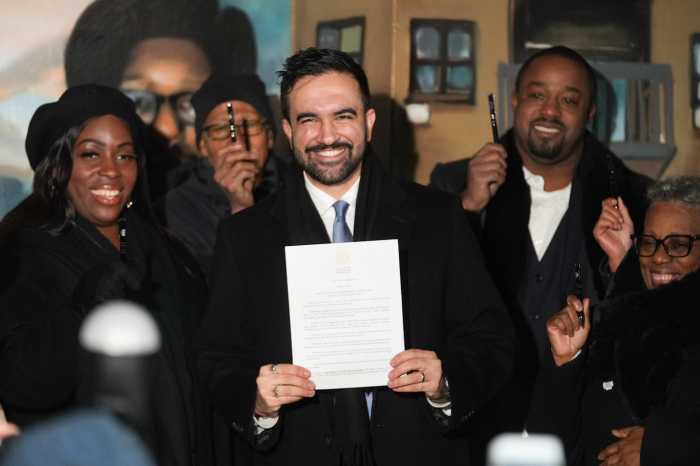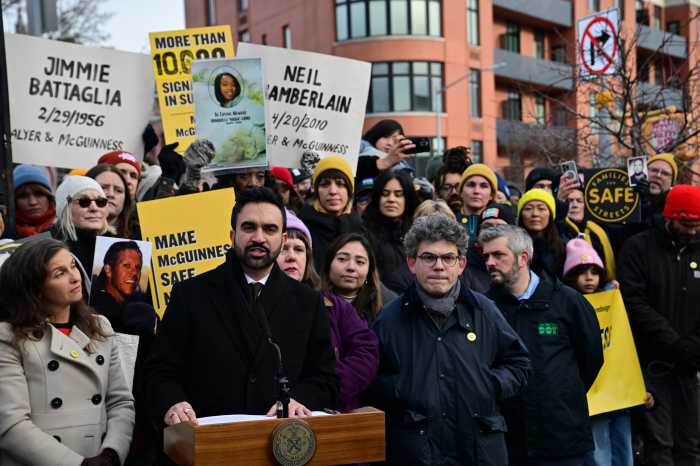“Your property is in an area the City considers to be ‘blighted’ and has been targeted for improvements.”
This was not a message from Robert Moses, not from the 1960s, and not from an era when government authorities blithely dismissed public objections as, “Just stirring up the animals.”
That quote, the city considering an area “blighted,” was from 2019 and it was on the city’s Department of Finance’s (DOF) website earlier this year, explaining how a property could become subject to In Rem Foreclosure – the legal term of art for an action against the property.
The other criteria listed by DOF: “Your property taxes and other property-related charges are late for an extended period of time.”

These offensive messages categorizing neighborhoods as “blighted,” coupled with one meant to advance the important public purpose of ensuring property owners pay their taxes characterizes the Department of Housing Preservation and Development’s (HPD) Third Party Transfer (TPT) Program.
Following a six-month investigation, New York City Council’s Committee on Housing and Buildings last week held a joint oversight hearing in partnership with the Committee on Oversight and Investigations on the Third Party Transfer program.
When TPT began in 1996, the goals were linked to a wholly different built environment. This was another endeavor in the city’s efforts to fight the serious disinvestment and abandonment of the 70’s and 80’s. The program entrusted HPD and DOF to act judiciously, to act wisely, and to exercise a level of care and understanding about people and their homes. When the program was proposed, the City Council was concerned about how the city would identify distressed properties and how it would select new owners. After Round 10 of the program, those concerns persist.
Through Round 10, HPD notified the owners of 420 properties that they were at risk of having their properties transferred to a third party entity. The investigation found troubling examples of undervaluation, clustering, and properties included that were not statutorily distressed.
HPD applied a valuation to properties that is calculated by DOF, and according to an analysis conducted by City Council’s Finance Division, that valuation is usually one-fifth of the real market value, as disclosed in the oversight hearing. To illustrate the issue, one property in Crown Heights included for review was valued at $295,000, but sold for $8.78 million in 2007. Another property included in Crown Heights was valued at $370,000, but sales in the area indicate a value closer to $1.5 million.
The bulk of the properties included for review were located in Brooklyn and the Bronx. Brooklyn had 192 properties selected (46% of the total) followed by the Bronx at 132 (31%). Queens only had 10 properties selected, and Staten Island had 0.

Fifty percent of the properties were located in 11 neighborhoods, with many in Council District 36 (Bedford, Stuyvesant Heights, and Crown Heights North). My district is ground zero for gentrification – according to Zillow, home prices in District 36 have gone up over 200% in just 8 years.
Half of the properties included for review were not statutorily distressed, meaning they did not have a lien to value ratio of 15%, or 5 class b & c violations per unit. Four properties owed less than $1,000 and three properties owed no money at all.
It is likely that many of these properties were included in the program because of a requirement that when a property is selected for review, HPD must assess other properties on the same tax block, and include properties that owe money to the city. The investigation, though, identified 33 properties with lien value ratios below 15% that were not located on tax blocks with any other properties selected for TPT.
In part, that’s what brought us to the joint oversight hearing on TPT. We set out to examine whether HPD acted judiciously. Whether HPD acted wisely. Whether HPD exercised the care that we should expect from any government agency – whether that agency is entrusted with sweeping the streets, providing public safety, or preserving housing.
Altogether, we find that as circumstances changed, HPD did not adapt TPT. Provision was not made to fit our housing crisis racked New York. Critical self-assessment and introspection were profoundly lacking. It should not take the scrutiny of a Council investigation, it should not take protracted court battles with people trying to stay in their homes, and it should not take the torment and anguish of countless New Yorkers faced with potentially losing their homes for that self-assessment and introspection to occur.
Part of agencies’ jobs as public servants is to listen. Listen to the advocates and community residents who have the invaluable on-the-ground expertise. Respect that perspective, and incorporate those insights into regulation writing and policymaking. Listening is part of the job.
We cannot breeze by the anguish caused by TPT. We need HPD to acknowledge the missteps and acknowledge where they went wrong before we can have any confidence that they will do any better in the future. Examining the evidence, there remains no other conclusion than that the latitude and discretion given by Councils past was misused. Therefore the same trust that was placed in HPD cannot and should not be renewed, and it certainly will not return in an instant with a working group.
The work of rebuilding confidence will take time. It will take effort, and it will take HPD’s listening to where they went wrong on TPT. Reckoning with it. Reflecting on it. It will also take the inclusion of the voices of those who faced TPT at its worst – at its most arbitrary, capricious, and rapacious even. That is the path forward.
I am hopeful that we got the feedback and information necessary to determine how to proceed. I look forward to exploring how the working group, that I am co-chairing in good faith with Louise Carroll, can reform the TPT program and address the concerns of advocates and those impacted.
City Council Member Robert Cornegy Jr. represents the 36th Council district including the neighborhoods of Bedford-Stuyvesant and Northern Crown Heights.


